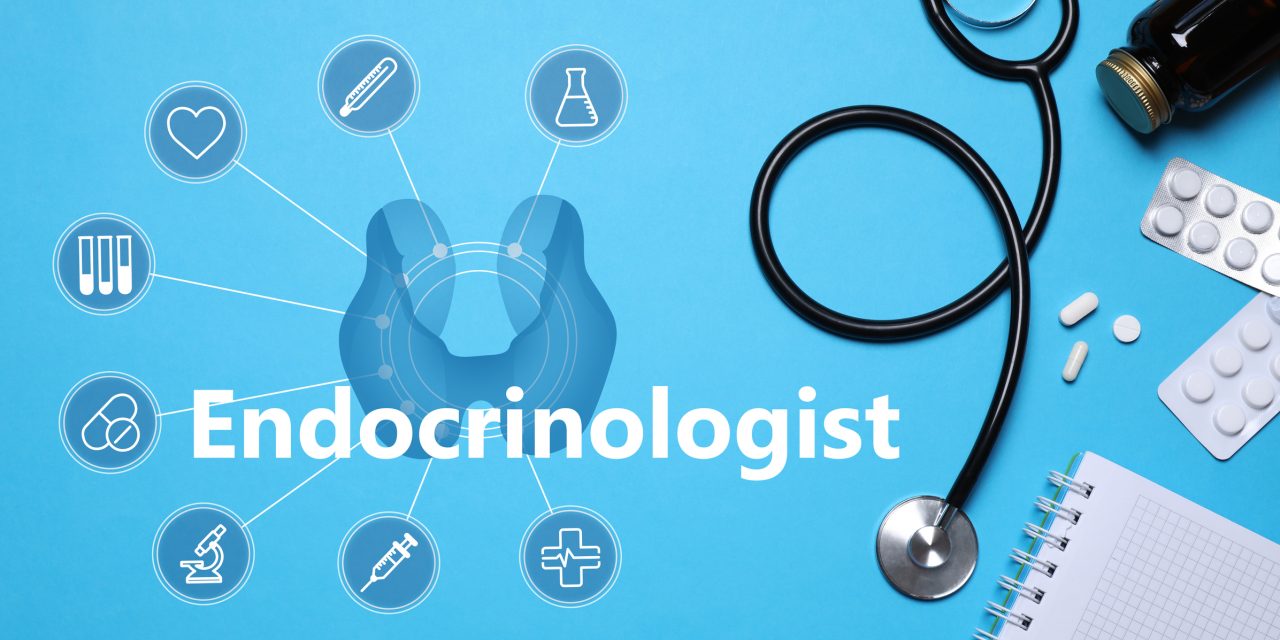
Treatment with the sodium-glucose co-transporter-2 (SGLT2) inhibitor empagliflozin (Jardiance) was associated with reductions in cardiovascular complications and hospital admissions among type 2 diabetes patients with atherosclerotic cardiovascular disease in an analysis of recurrent events data from the EMPA-REG OUTCOME trial.
When added to standard care, treatment with empagliflozin reduced the burden of major adverse cardiovascular mortality and other events, coronary heart disease outcomes, heart failure hospital admissions and all-cause hospital admissions, compared to treatment with placebo.
Close to 17% of patients with major adverse cardiovascular events during the trial also had recurrent major events, with recurrent events for all-cause hospital admissions increasing by 89% over first events.
The secondary findings strengthen the primary findings from the EMPA-REG OUTCOME trial, showing further benefits associated with empagliflozin treatment in patients with type 2 diabetes and atherosclerotic cardiovascular disease, noted researcher Darren K. McGuire, MD, of the University of Texas Southwestern Medical Center, Dallas, and colleagues.
Their analysis was published online Dec. 1 in the journal Lancet Diabetes & Endocrinology.
“These results add to previous evidence of the efficacy of empagliflozin to reduce cardiovascular and all-cause mortality and suggest relevant additional effects of empagliflozin on atherosclerotic cardiovascular and admission to hospital outcomes, including heart failure and beyond,” McGuire and colleagues wrote.
The EMPA-REG OUTCOME trial included 7,020 patients with type 2 diabetes and cardiovascular disease treated with empagliflozin at doses of 10-mg or 25-mg or placebo who were followed for a median of roughly 3 years.
Treatment with empagliflozin added to standard care met the primary composite study endpoint of lower rates of major adverse cardiovascular events, defined as the time to first non-fatal myocardial infarction or non-fatal stroke or cardiovascular death.
“Time-to-first event analyses are the gold standard for analyses of clinical outcome trials and maintain the comparative independence of inter-group comparisons; but without analyzing total events (i.e., first plus recurrent events), such methods do not capture the effect on the total morbidity burden,” wrote McGuire and colleagues.
The researchers’ post-hoc analysis included additional cardiovascular and admission to hospital outcomes involving statistical models that preserved randomization and accounted for correlation of recurrent events, including negative binomial regression, as prespecified for the primary analyses.
In the analysis of total (first plus recurrent) events, empagliflozin versus placebo:
- Reduced the risk of major adverse cardiovascular events (rate ratio [RR] 0.78; 95% CI 0.67 to 0.91: P=0.0020; 12.88 [95% CI 3.74 to 22.02] events prevented per 1,000 patient-years).
- Reduced fatal or non-fatal myocardial infarction (RR, 0.79; 95% CI, 0.62-0.998: P=0.049; 4.97 [95% CI, –0.68 to 10.61] events prevented per 1,000 patient-years).
- Reduced the composite of fatal or non-fatal MI, or coronary revascularization (RR, 0.80; 95% CI, 0.67-0.95: P=0.012; 11.65 [95% CI, 1.25-22.05] events prevented per 1,000 patient-years).
- Reduced admission to hospital for heart failure (RR, 0.58; 95% CI, 0.42-0.81: P=0.0012; 9.67 [95% CI, 3.07-16.28] events prevented per 1,000 patient-years) and all-cause admission to hospital (RR, 0.83; 95% CI, 0.76-0.91: P<0.0001; 50.41 [95% CI, 26.20-74.63] events prevented per 1,000 patient-years).
For outcomes found to be significantly reduced with empagliflozin, risk reductions were numerically larger for total events than for first events. Total fatal or non-fatal stroke was not significantly different between treatment groups (RR 1.10; 95% CI 0.82-1.49]; P=0.52).
In commentary published with the study, Vanita Aroda and Marc Sabatine of Brigham and Women’s Hospital-Harvard Medical School, Boston, wrote that the total events analysis represents a “patient-centered approach that gives important insight into the full magnitude of benefit to the patient because recurrent events can be just as disruptive as a first event.”
“The continued aggregation of benefit beyond first events in the cardiovascular outcome trials speak to the alteration of the natural course of disease by these therapies,” they wrote. “Yet the exact mechanism by which SGLT2 inhibition leads to such profound clinical benefit remains somewhat elusive.
“SGLT2 inhibitors increase urinary glucose excretion, induce at least a transient natriuresis, lower blood pressure, and reduce intestinal fluid. They also reduce intraglomerular hydrostatic pressure, might improve cardiac energy metabolism, and do not seem to activate the renin-angiotensin-aldosterone axis, which might partly explain their beneficial effects on the kidney and heart.”
They further noted that the “totality of data from the positive cardiovascular and renal outcomes studies have brought together the various disciplines that care for patients with underlying cardiometabolic diseases,” which have been reflected in guideline updates reflecting this interdisciplinary approach.
“Strategically focused research networks that bridge basic, translational, and population dimensions of cardiometabolic research in type 2 diabetes will create a new generation of interdisciplinary cardiometabolic researchers to further advances,” they concluded, adding that “the future has never looked brighter for our patients with type 2 diabetes, with the end goals clearly in sight.”
-
Treatment with empagliflozin was associated with reductions in cardiovascular complications and hospital admissions among type 2 diabetes patients with atherosclerotic cardiovascular disease in post-hoc analysis of the EMPA-REG OUTCOME trial.
-
The secondary findings strengthen the primary findings from the EMPA-REG OUTCOME trial, showing further benefits associated with empagliflozin treatment.
Salynn Boyles, Contributing Writer, BreakingMED™
This research was funded by Boehringer Ingelheim and Lilly Alliance.
Researcher Darren K. McGurie reported receiving personal fees from AstraZeneca, Boehringer Ingelheim, Janssen, Lexicon, Merck, Merck Sharp & Dohme, Novo Nordisk, Sanofi, Eisai, Esperion, GlaxoSmithKline, Eli Lilly, Pfizer, Metavant, Applied Therapeutics, and Afimmune.
Principal researcher Soren S. Lund reported owning shares of Novo Nordisk and shares in dynamically traded investment funds, which could include pharmaceutical companies in their holdings.
Editorial writer Vanita Aroda reported receiving personal fees from Becton Dickinson, Duke, Medscape, Institute for Medical and Nursing Education, Liberum PeerView, and Zafgen; grants and consultation fees (paid to insitution) from Applied Therapeutics; grants and personal fees from AstraZeneca, Novo Nordisk, and Sanofi; consultation fees (paid to insitution) from Adocia and Tufts; that their spouse has been employed by Merck and has employee benefits; that their spouse is employed by Janssen and has employment benefits; grants from Boehringer Ingelheim, Calibra, Eisai, Fractyl, Janssen, and Theracos.
Editorial writer Marc Sabatine reported receiving personal fees from Althera personal fees from Anthos Therapeutics, personal fees from Bristol-Myers Squibb, CVS Caremark, Dr Reddy’s Laboratories, and Dyrnamix, Esperion, DalCor, and IFM Therapeutics; grants and personal fees from Amgen, AstraZeneca, Intarcia, Janssen Research and Development, Medicines Company, MedImmune, Merck, and Novartis; grants from Bayer, Daiichi-Sankyo, Eisai, Pfizer, Quark Pharmaceuticals, and Takeda.
Cat ID: 12
Topic ID: 76,12,308,446,914,12,13,192,669,918


